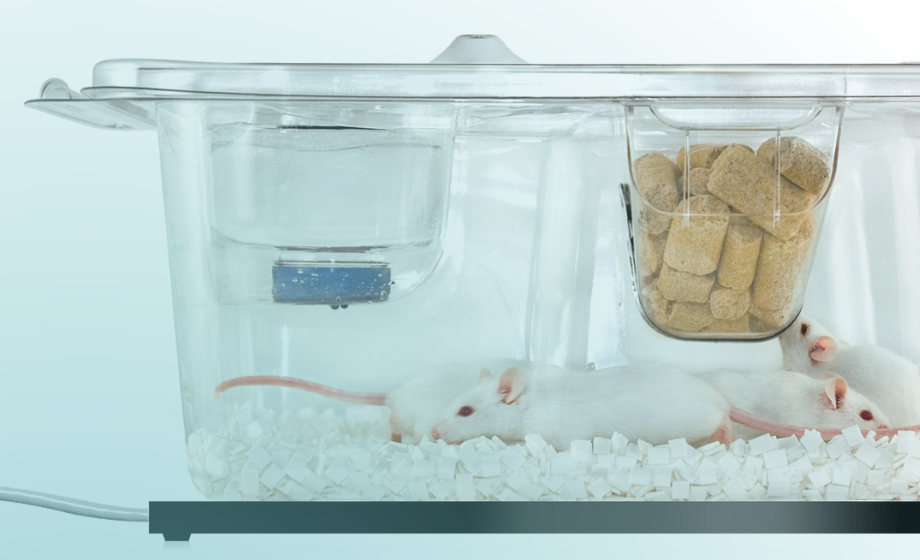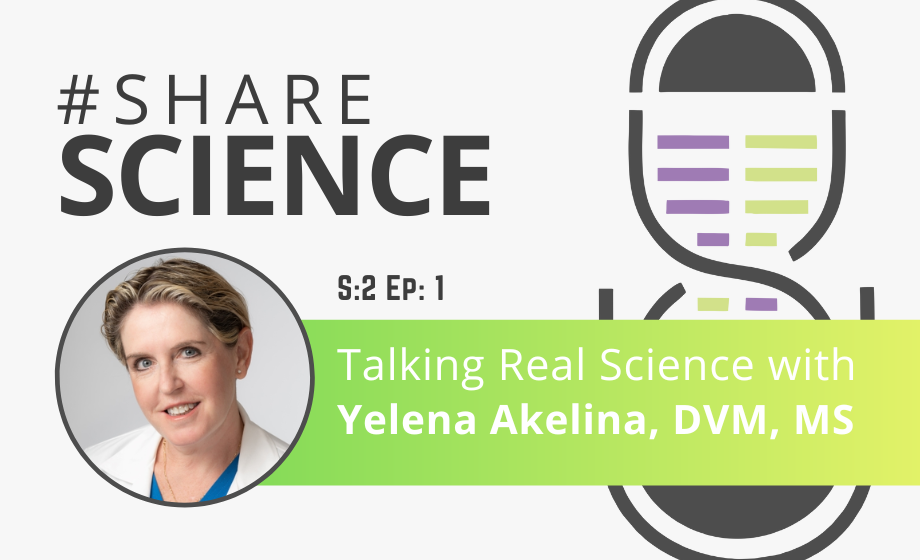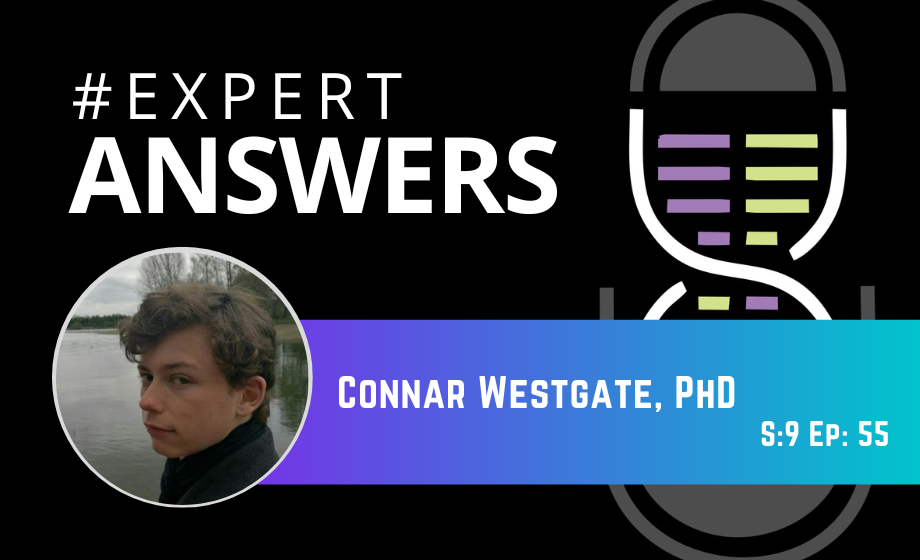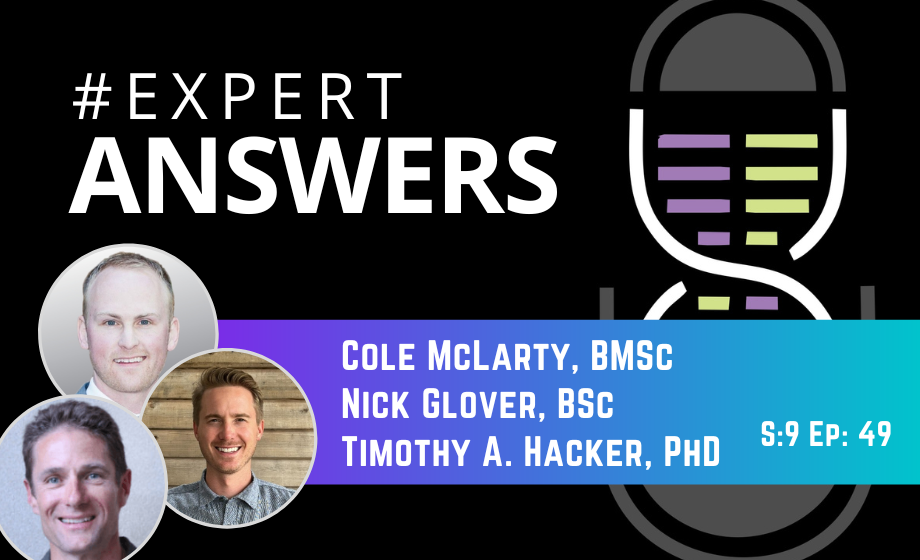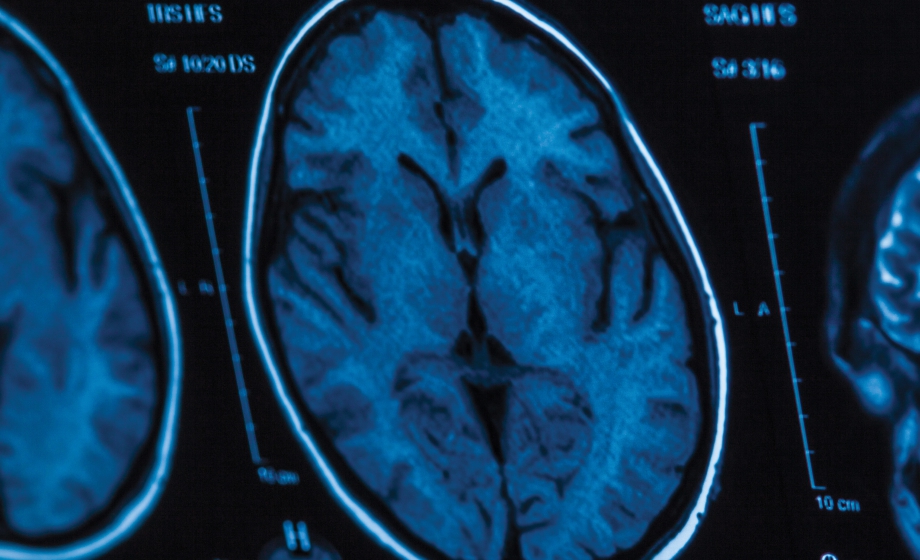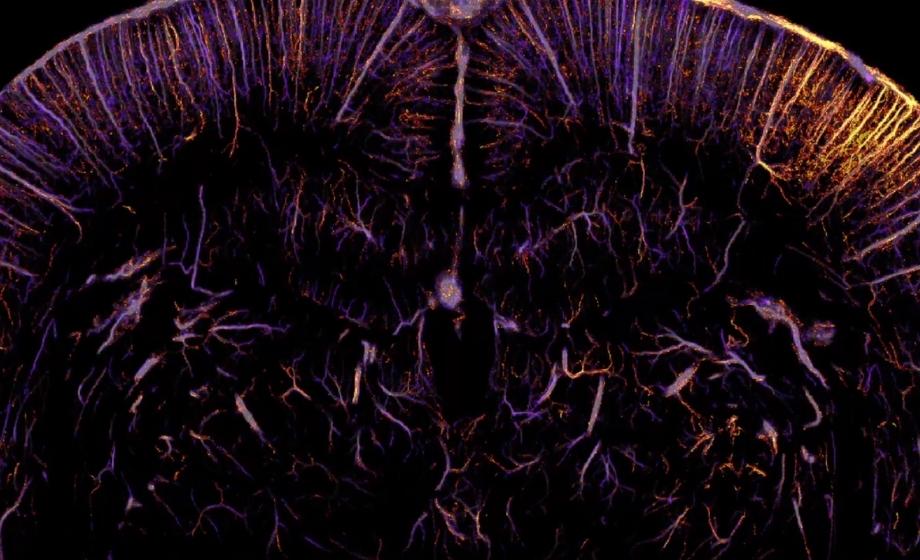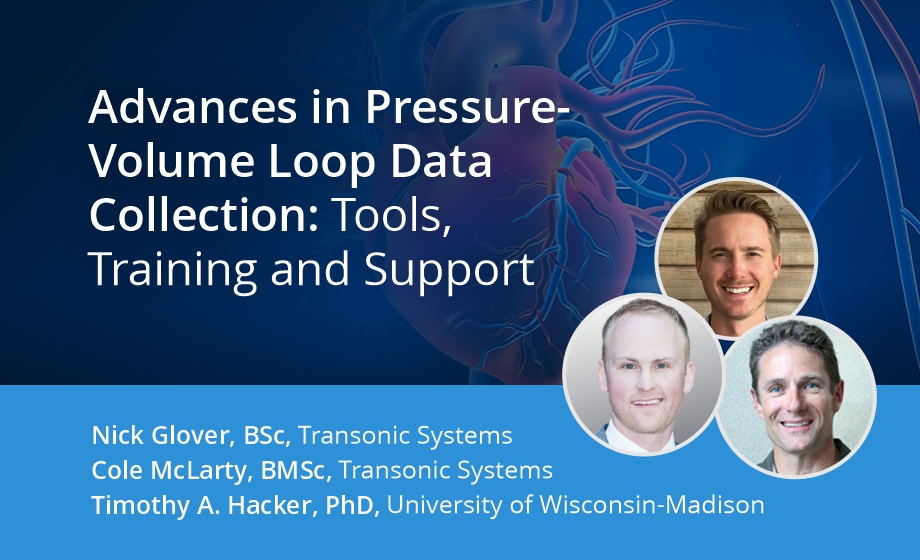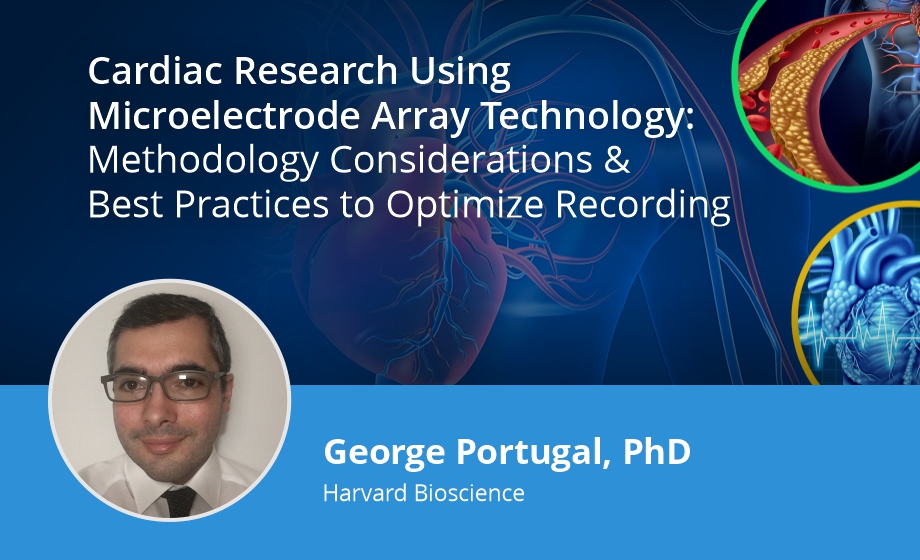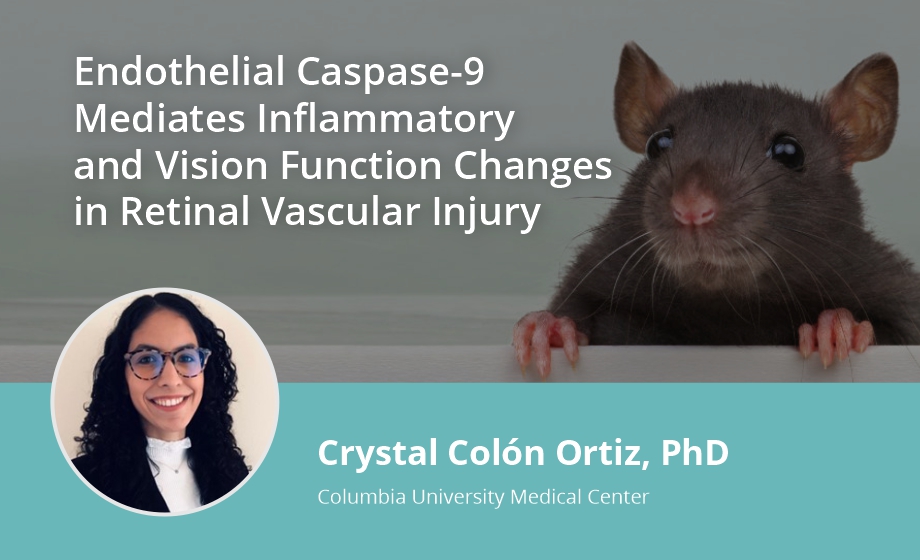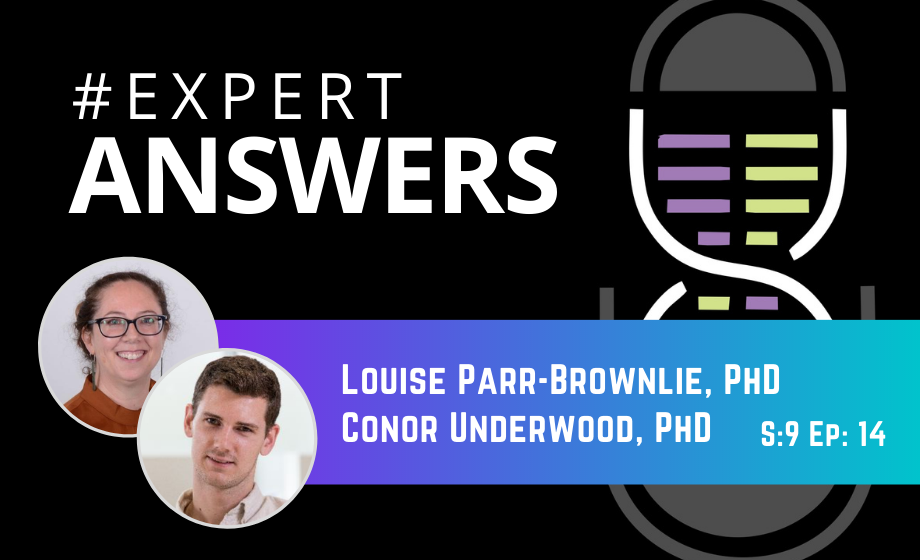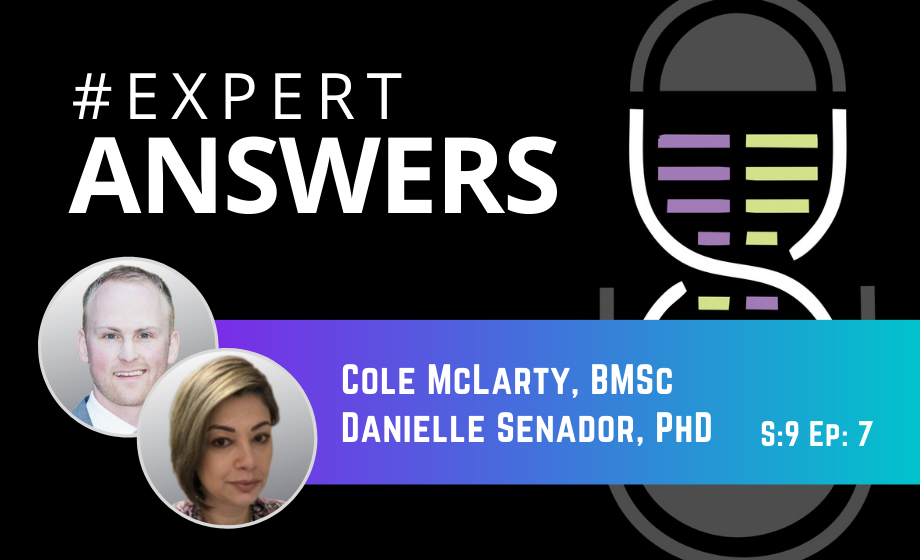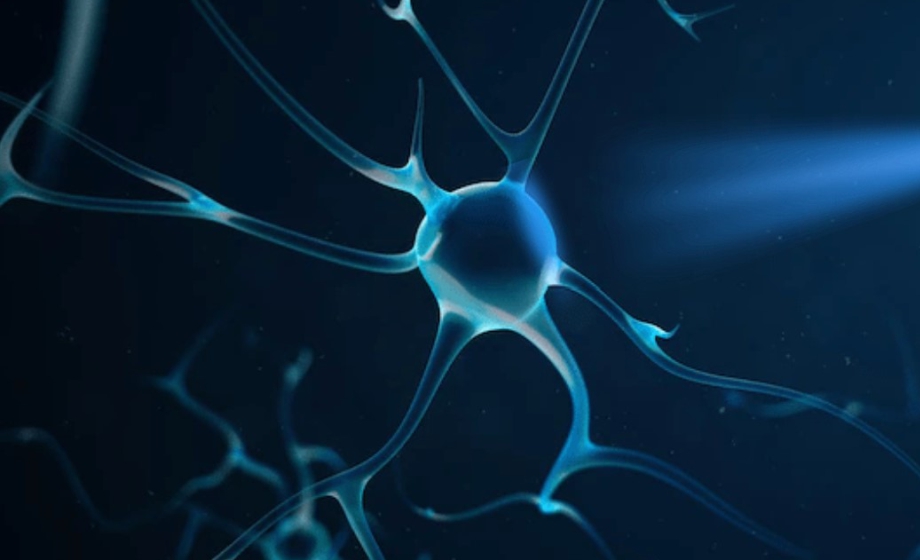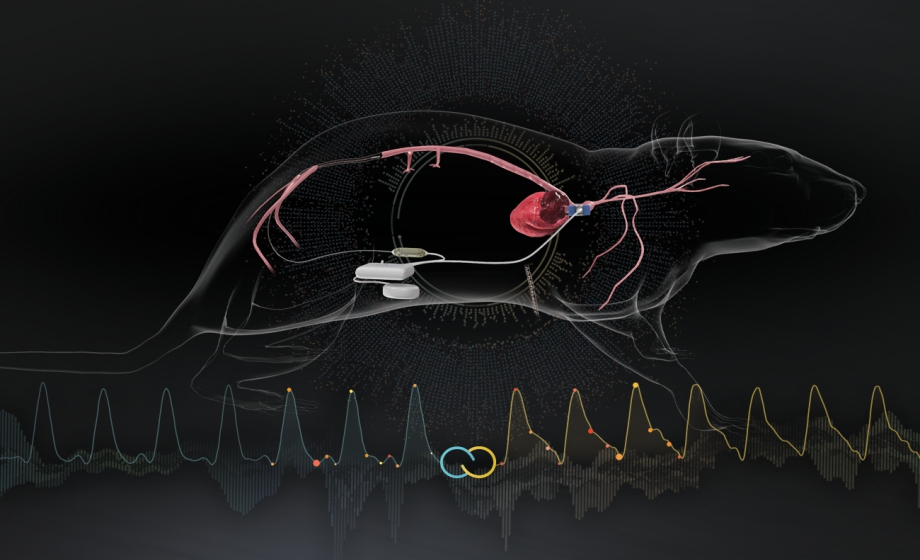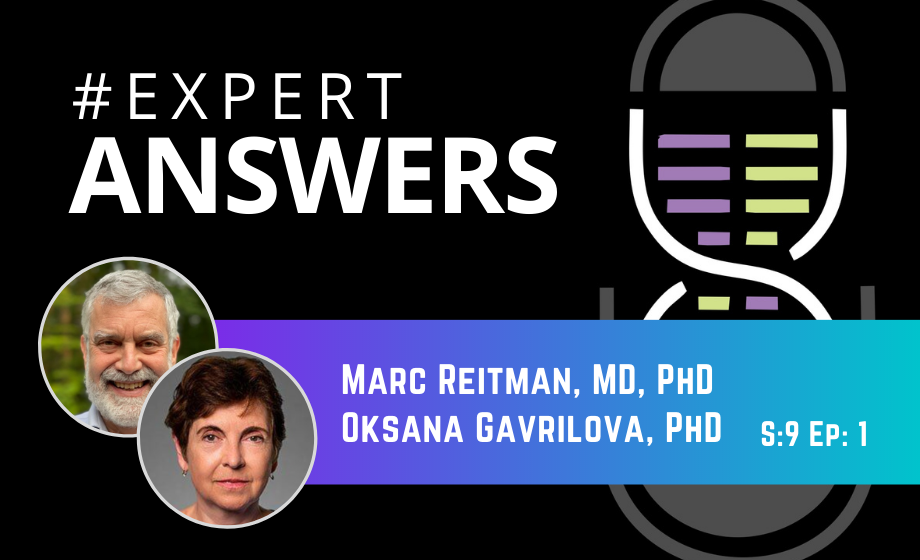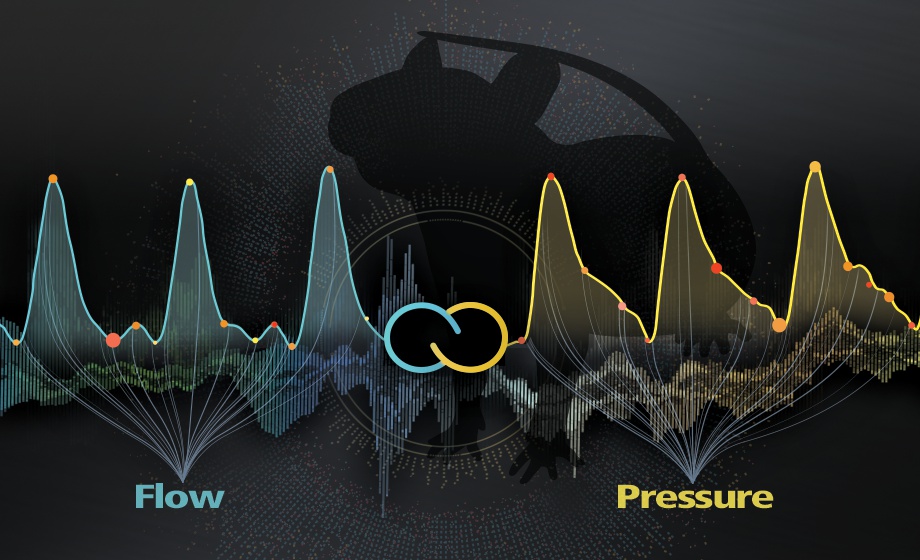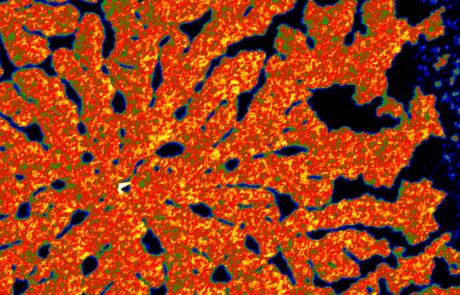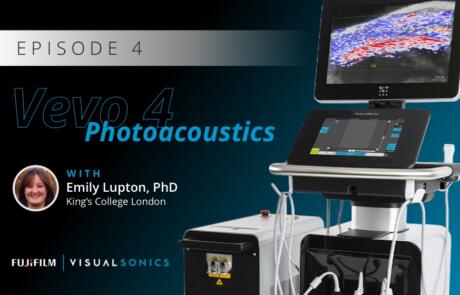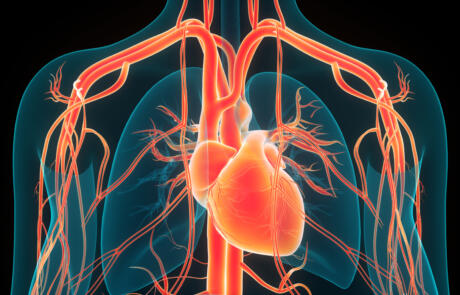Monitoring Refractive Development in Mice to Investigate Mechanisms of Myopia
Reece Mazade, PhD demonstrates the usefulness and feasibility of refractive error measurements in mice and discusses mechanisms of refractive development enabled through application of an automated Photorefractor.
Video Interview – ALZET Osmotic Pumps
Clarisa Peer discusses ALZET Osmotic Pumps, the gold standard for controlled, automatic dosing of compounds in various research areas, including neuroscience, cancer research, cardiovascular, endocrinology, pharmacology research, and more.
Discussing Industry Trends in Home Cage Monitoring with UiD
InsideScientific recently interviewed Jose Gadea, VP of Sales and Marketing from Unified Information Devices, where he explained the company's approach to innovation and highlighted their RFID-enabled, Mouse Matrix system.
Talking Real Science with Yelena Akelina
This episode of Share Science features Yelena Akelina, DVM, MS, a Research Scientist and a Co-Director/Instructor in Clinical Microsurgery at the Microsurgery Research and Training lab at the Department of Orthopaedic Surgery, Columbia University.
#ExpertAnswers: Connar Westgate on Intracranial Pressure Measurements
Connar Westgate discusses his research involving intracranial pressure measurements and the importance of understanding this physiological parameter for maintaining normal central nervous system function.
#ExpertAnswers: Cole McLarty, Nick Glover, and Tim Hacker on Pressure-Volume Loops
Cole McLarty, Nick Glover and Dr. Timothy Hacker focus on Pressure-Volume Loop collection and data analysis for cardiovascular research.
#ExpertAnswers: George Portugal on Microelectrode Array Technology
George Portugal discusses microelectrode array (MEA) technology used for cardiac research and some best practices for integrating this technique into your research protocols.
Understanding Intracranial Pressure in Freely Moving Rats
Join Connar Westgate, PhD for a deep dive into intracranial pressure measurements and the importance of understanding this physiological parameter for maintaining normal CNS function.
#ExpertAnswers: Aaron Phillips on Neural Hemodynamic Control
Aaron Phillips discusses questions from a recent webinar on his research involving neural hemodynamic control in pre-clinical and clinical models.
Functional Ultrasound: Pushing the Boundaries of Neuroimaging
Although ultrasound has been used clinically for decades, advances in its temporal and spatial resolution have opened the door for its use in neuroscience research. In this blog post, we review a very recent and outstanding example of functional ultrasound neuroimaging published in Nature Methods in 2022 (featured image © 2022 Renaudin et al., licensed under CC BY 4.0).
Next-Generation Techniques for Understanding Neural Hemodynamic Control
Join Aaron Phillips, PhD, as he shares his research involving neural hemodynamic control in human patients and rodents.
Advances in Pressure-Volume Loop Data Collection: Tools, Training and Support
Join three experts in this technical overview of Pressure-Volume Loop collection and data analysis for cardiovascular research.
Cardiac Research Using Microelectrode Array Technology: Methodology Considerations and Best Practices to Optimize Recording
Join George Portugal, PhD for an overview of microelectrode array (MEA) technology used for cardiac research and some best practices for integrating this technique into your research.
Endothelial Caspase-9 Mediates Inflammatory and Vision Function Changes in Retinal Vascular Injury
Crystal Colón Ortiz, PhD, from the Columbia University Medical Center discusses the inflammatory role of endothelial caspase-9 in neurovascular injury and its contribution to vision changes.
#ExpertAnswers: Louise Parr-Brownlie and Conor Underwood on Optogenetic Stimulation
Louise Parr-Brownlie and Conor Underwood discuss the impact of acute optogenetic stimulation for the treatment of Parkinson's disease in a rat model.
Talking Real Science with Aaron Phillips
Dr. Aaron Phillips combines integrated physiology and neuroscience to understand hemodynamic instability and spinal cord injury in pre-clinical and clinical models.
#ExpertAnswers: Danielle Senador and Cole McLarty on Biotelemetry
Danielle Senador and Cole McLarty introduce EndoGear, the newest biotelemetry system in the life science field.
#ExpertAnswers: Fiona McBryde on Blood Pressure and Flow
Fiona McBryde discusses the relationship between blood pressure and blood flow to understand organ perfusion in health and disease states.
Optogenetic Stimulation for Parkinson’s Research: Recovering Movement in an Animal Model
Join Louise Parr-Brownlie, PhD and Conor Underwood, PhD for a review of implantable optogenetics to replace deep brain stimulation, a surgical procedure overview, and a discussion about the impact of acute optogenetic stimulation for the treatment of Parkinson's disease in a rat model.
Anti-FcRn Treatment in Antibody-Associated Experimental Autoimmune Encephalomyelitis
Jana Remlinger, MSc, discusses her recent research into a novel therapeutic approach for myelin oligodendrocyte glycoprotein antibody associated disorder (MOGAD).
Untether Your Data with EndoGear: Wireless Volumetric Blood Flow and Pressure Measurement
Join Cole McLarty and Dr. Danielle Senador for an introduction to the newest biotelemetry system in the life science field, EndoGear.
#ExpertAnswers: Marc Reitman and Oksana Gavrilova on Thermal Physiology
Marc Reitman and Oksana Gavrilova discuss the effects of cold, hot, and near-thermoneutral environments on mouse energy expenditure, body temperature, and behavior.
An Integrated Understanding of Pressure and Flow – An Essential Partnership
Fiona McBryde, PhD shares her research that focuses on the relationship between blood pressure and blood flow to understand organ perfusion in health and disease states.
Thermal Physiology: The Effects of Environmental Temperatures on Energy Expenditure in Mice
Marc Reitman, MD, PhD and Oksana Gavrilova, PhD discuss thermal physiology, energy expenditure, and thermoneutrality in a mouse model.
#ExpertAnswers: Caroline Wuyts on Pregnancy and Glucose
Join Caroline Wuyts, from KU Leuven - VIB, as she answers questions from a recent webinar where she discusses her research on pregnancy and monitoring glucose availability throughout the reproductive timeline of a mouse model.


